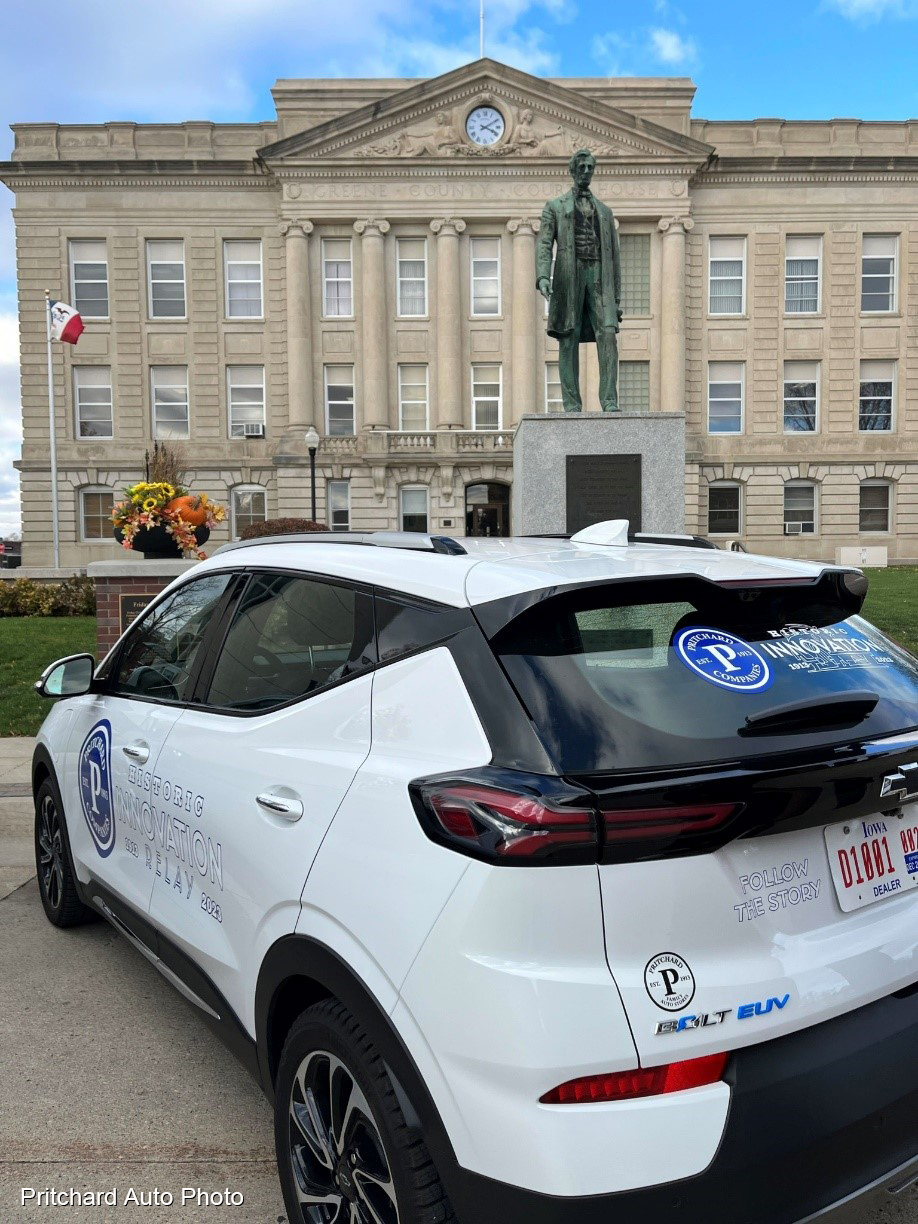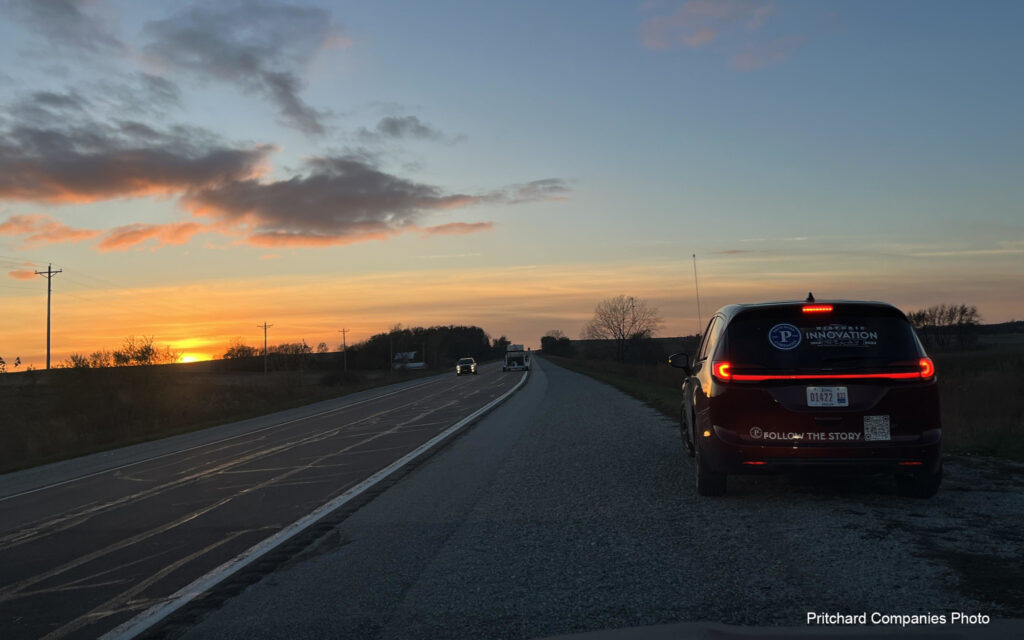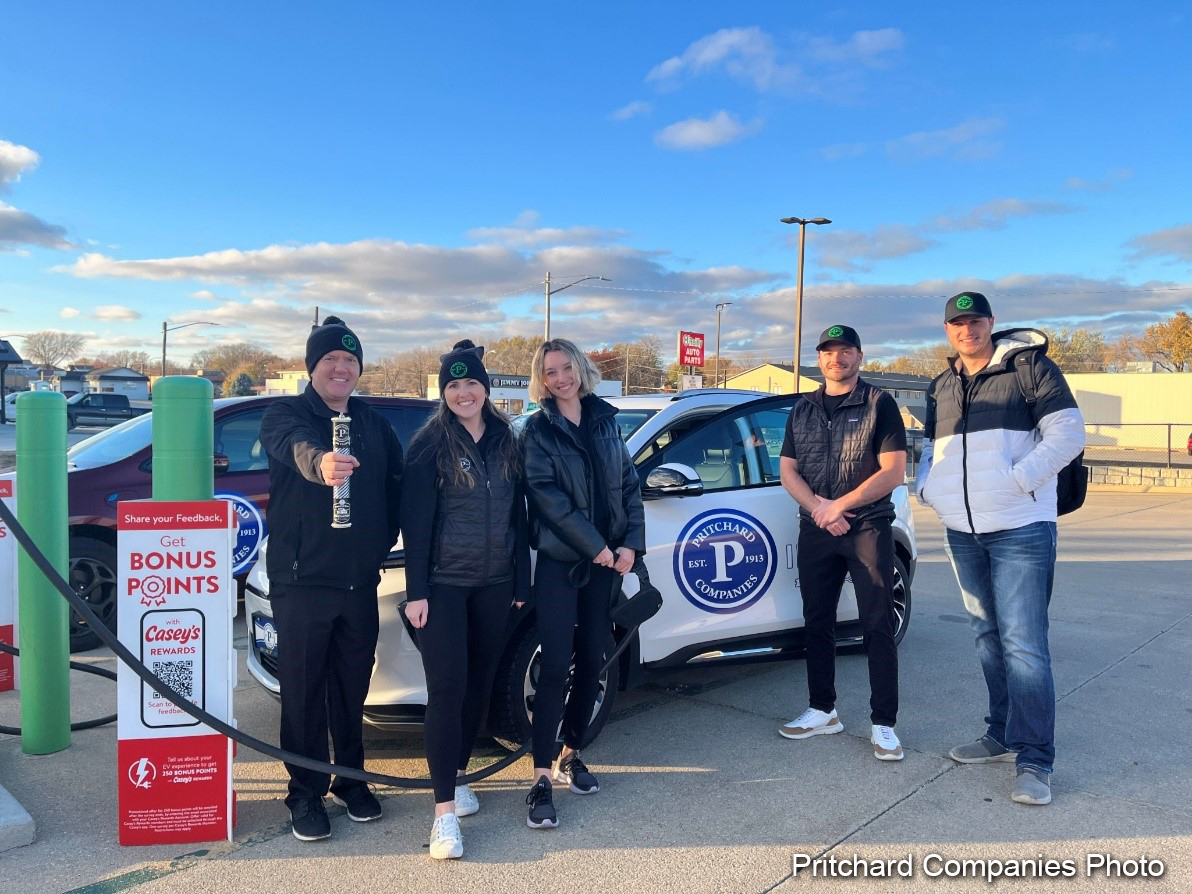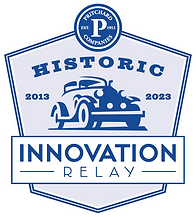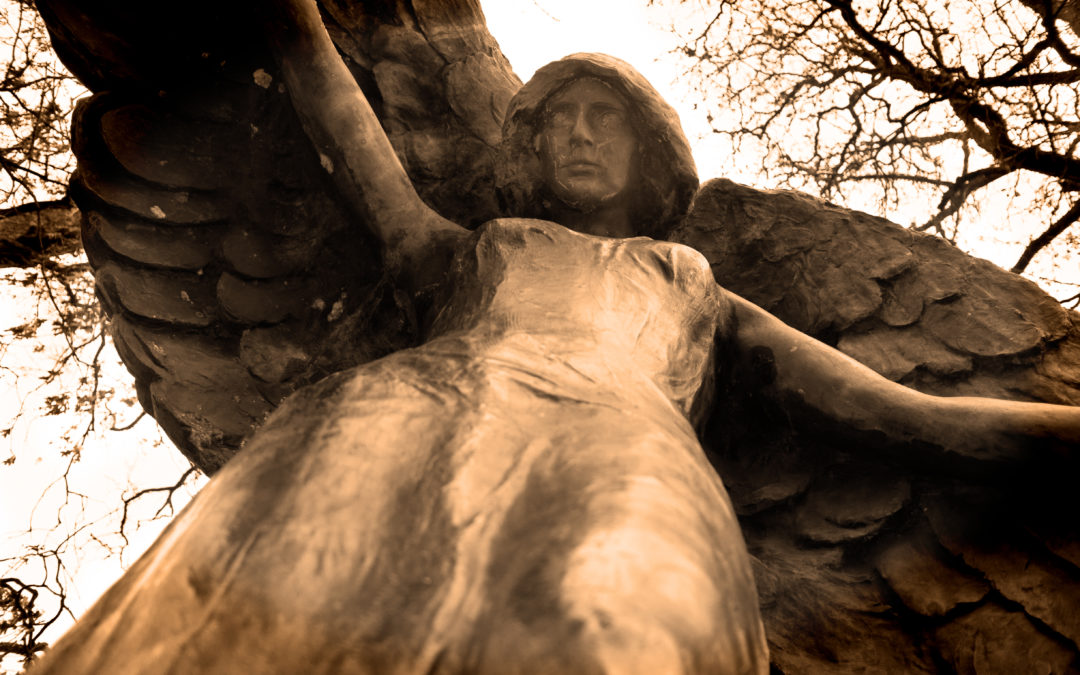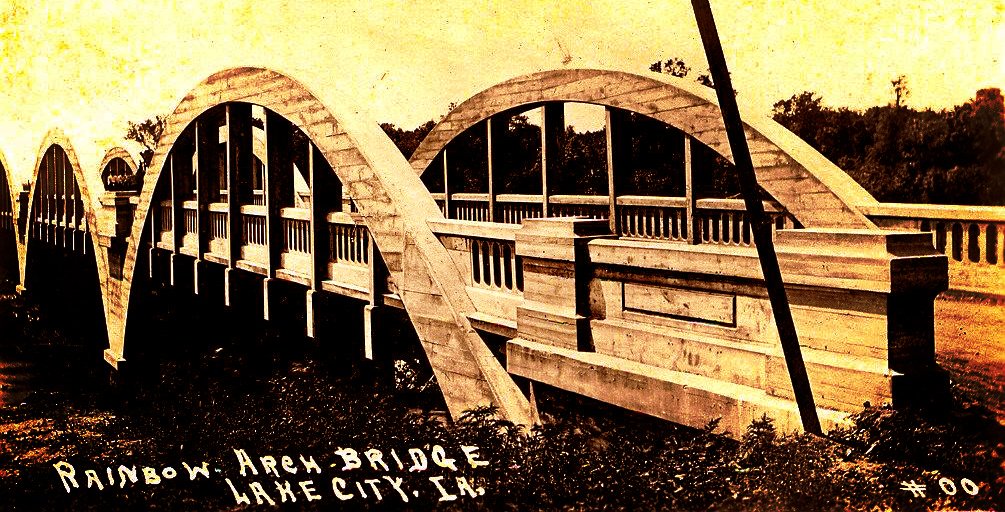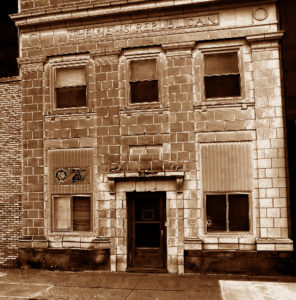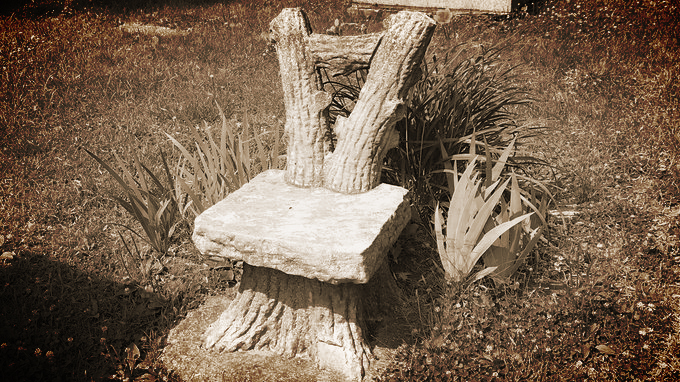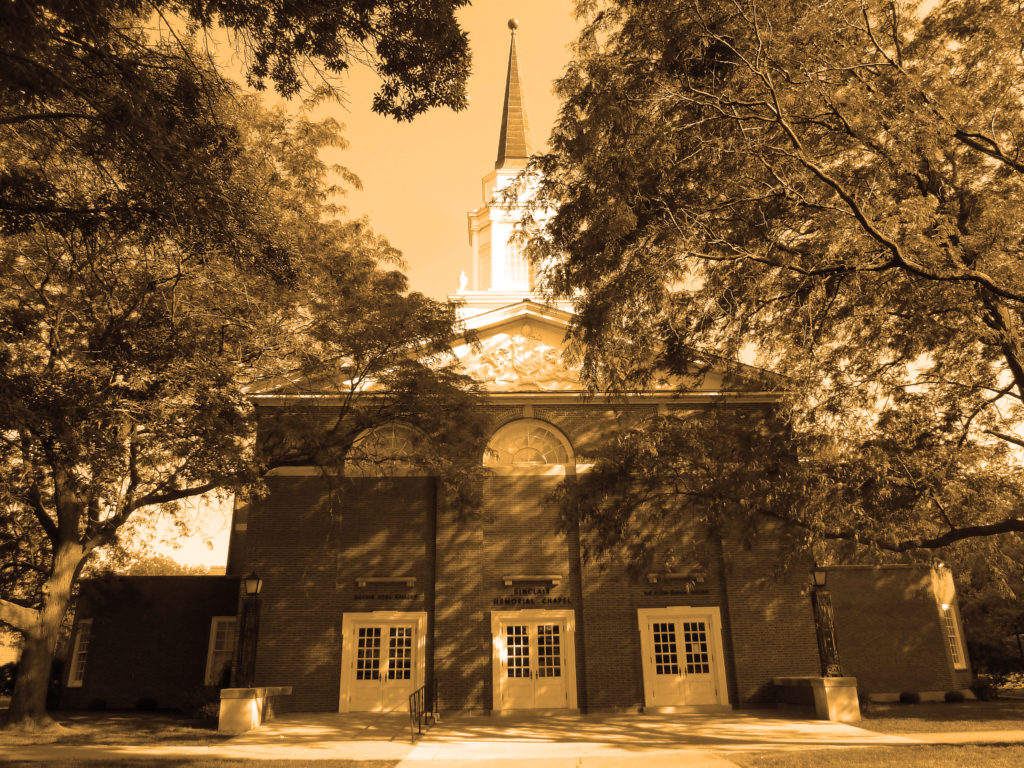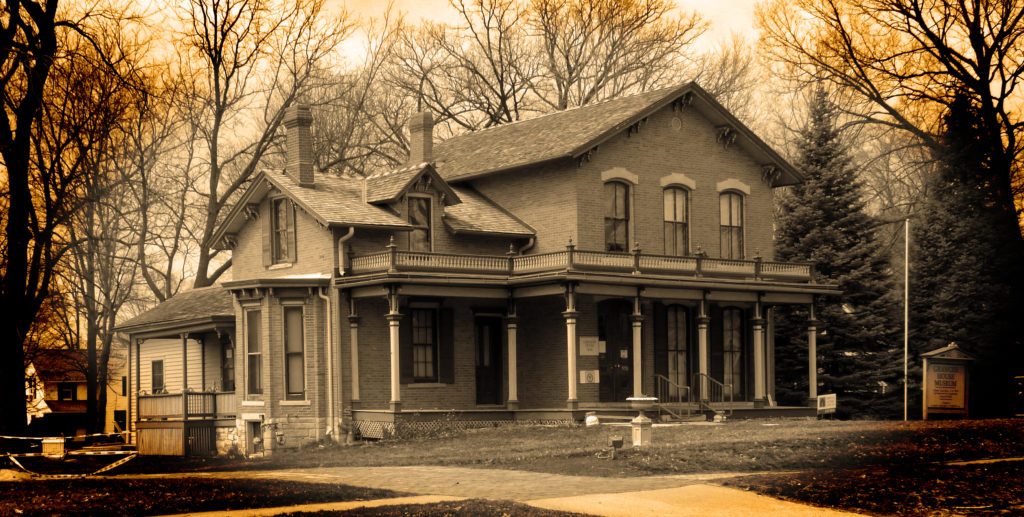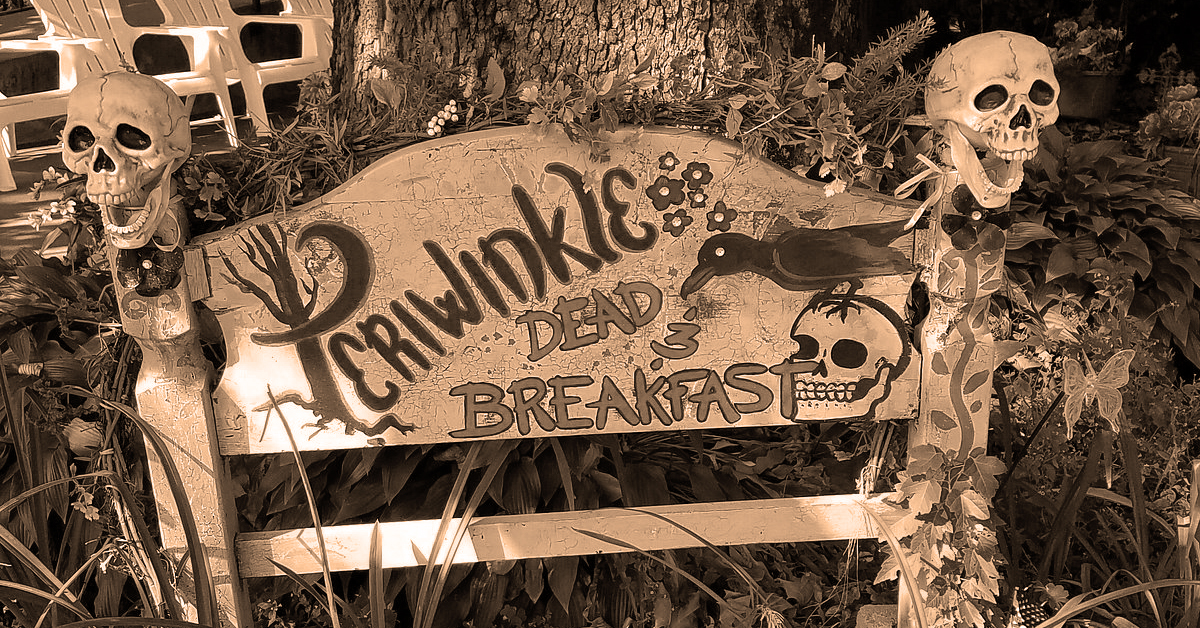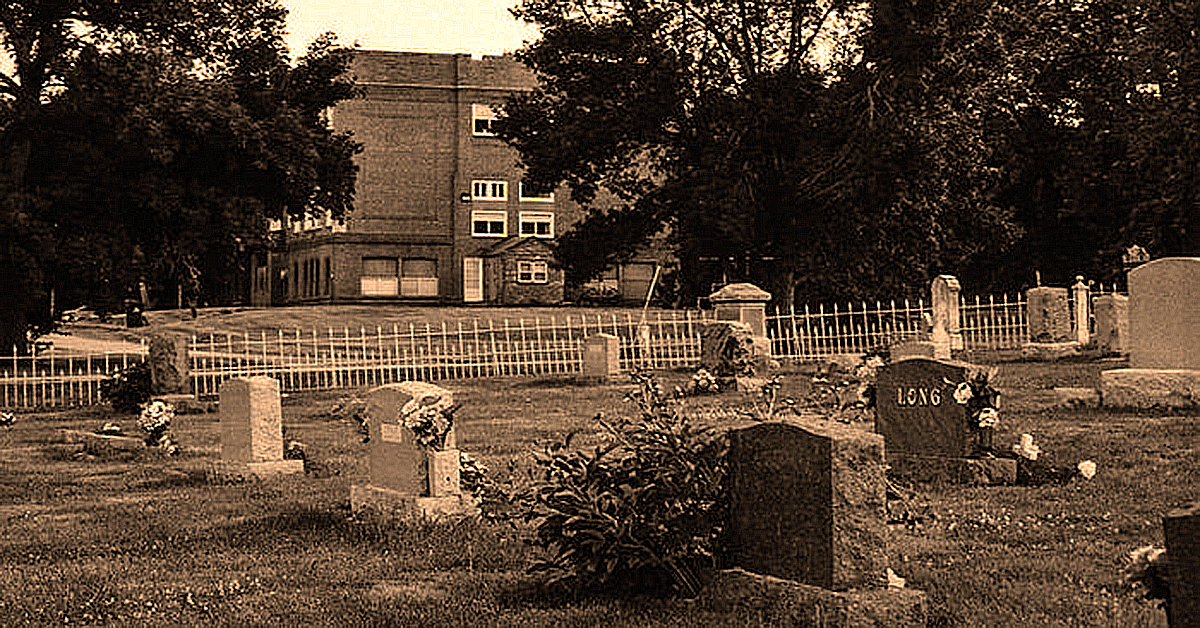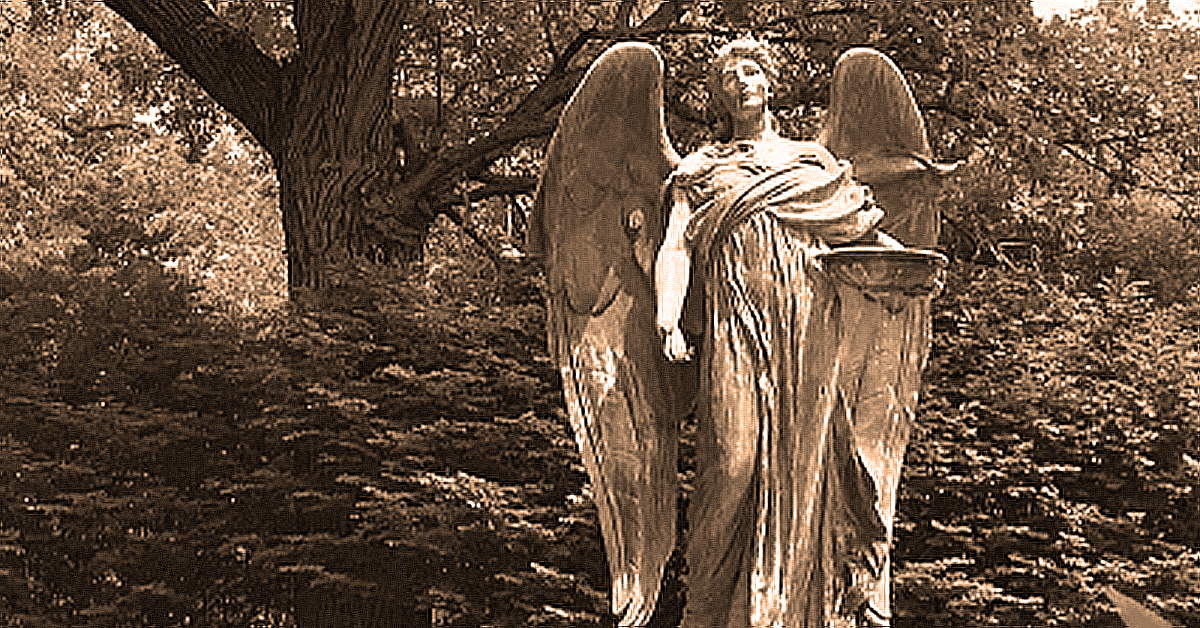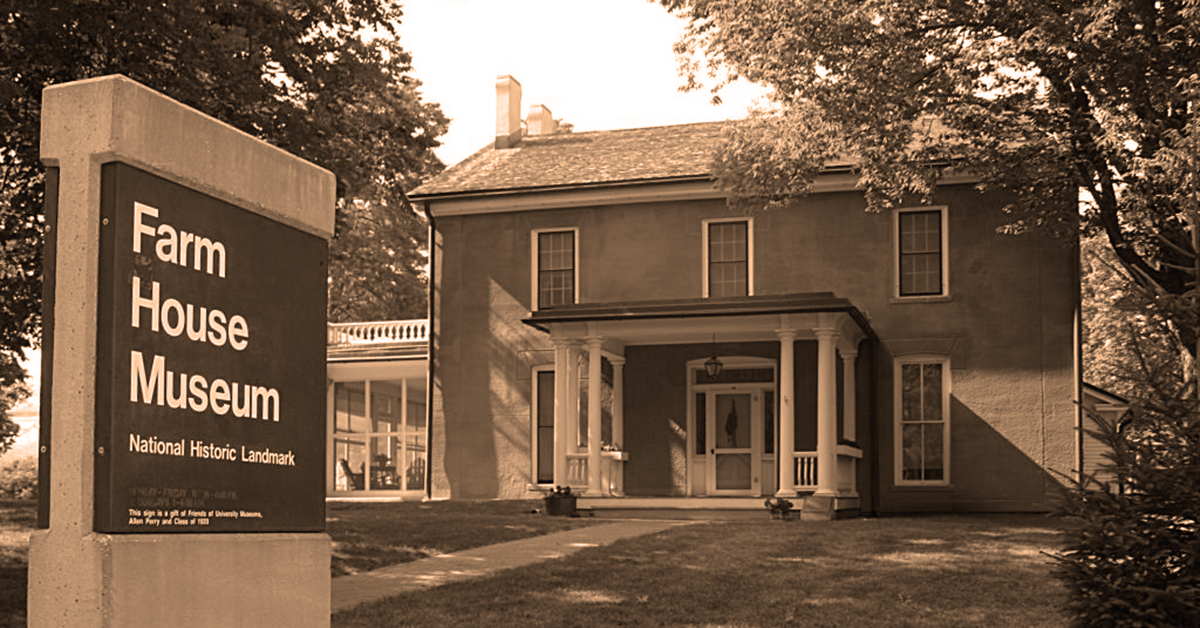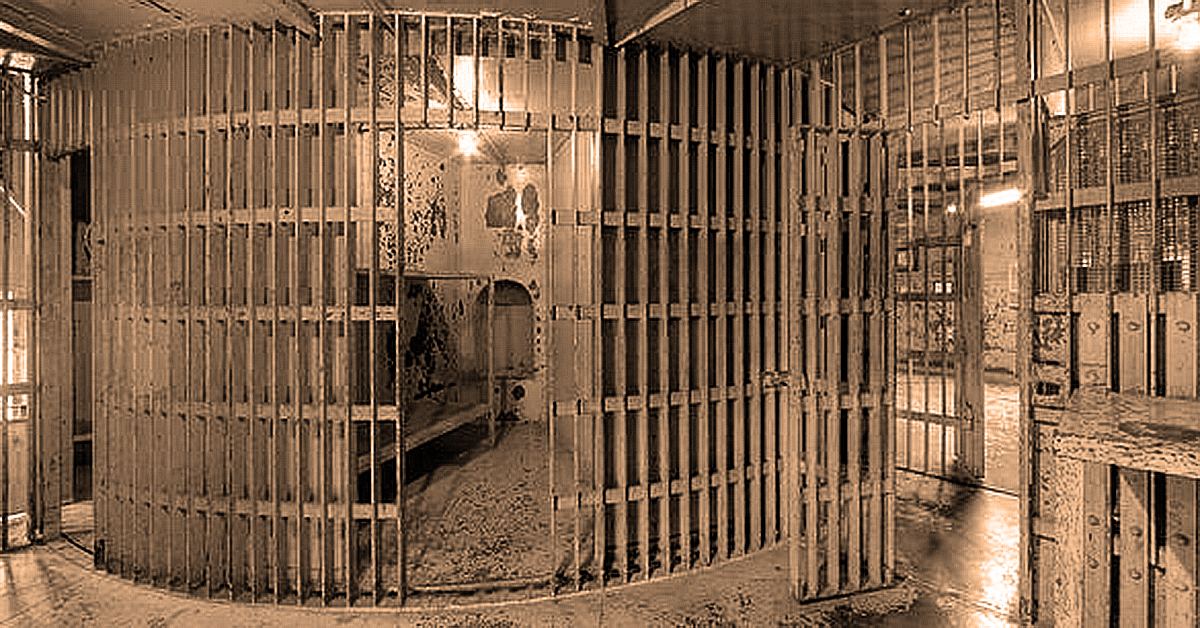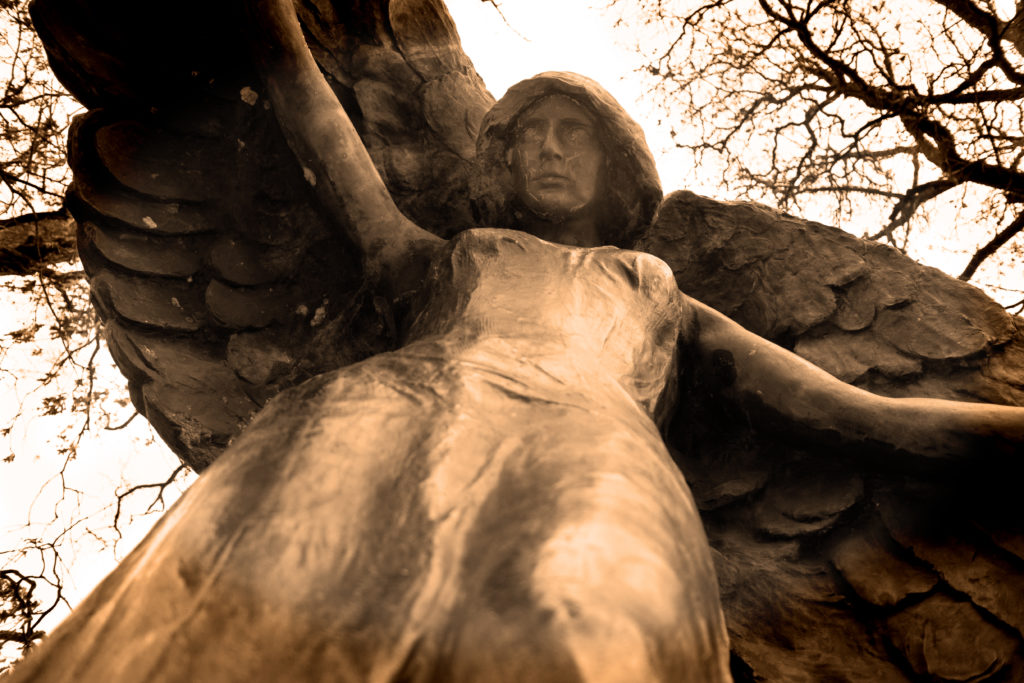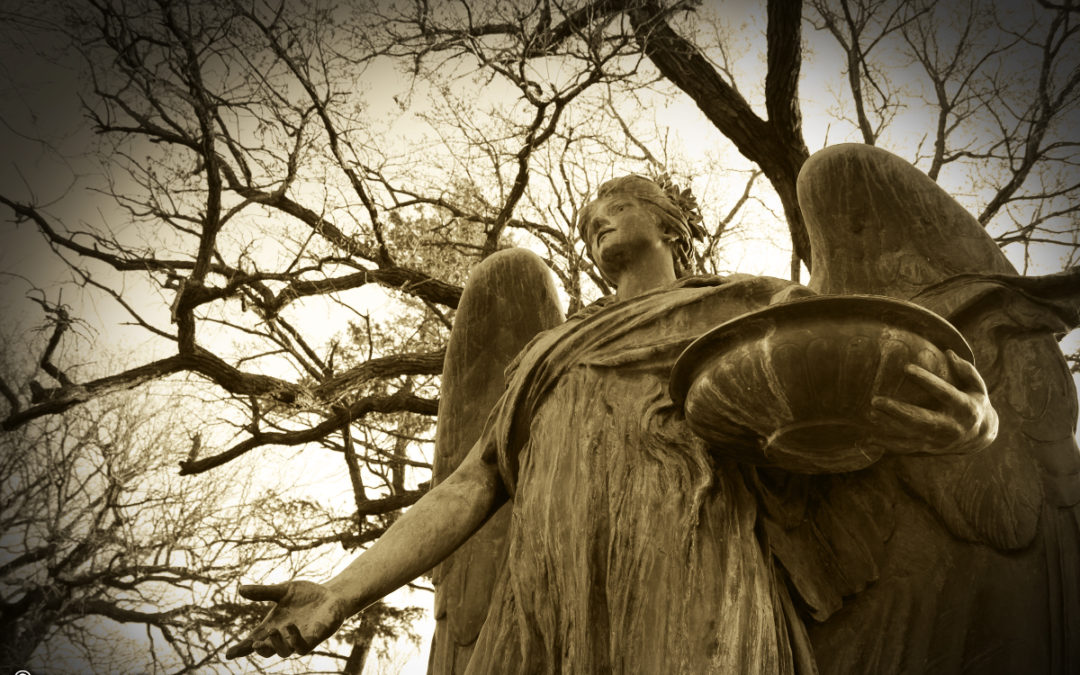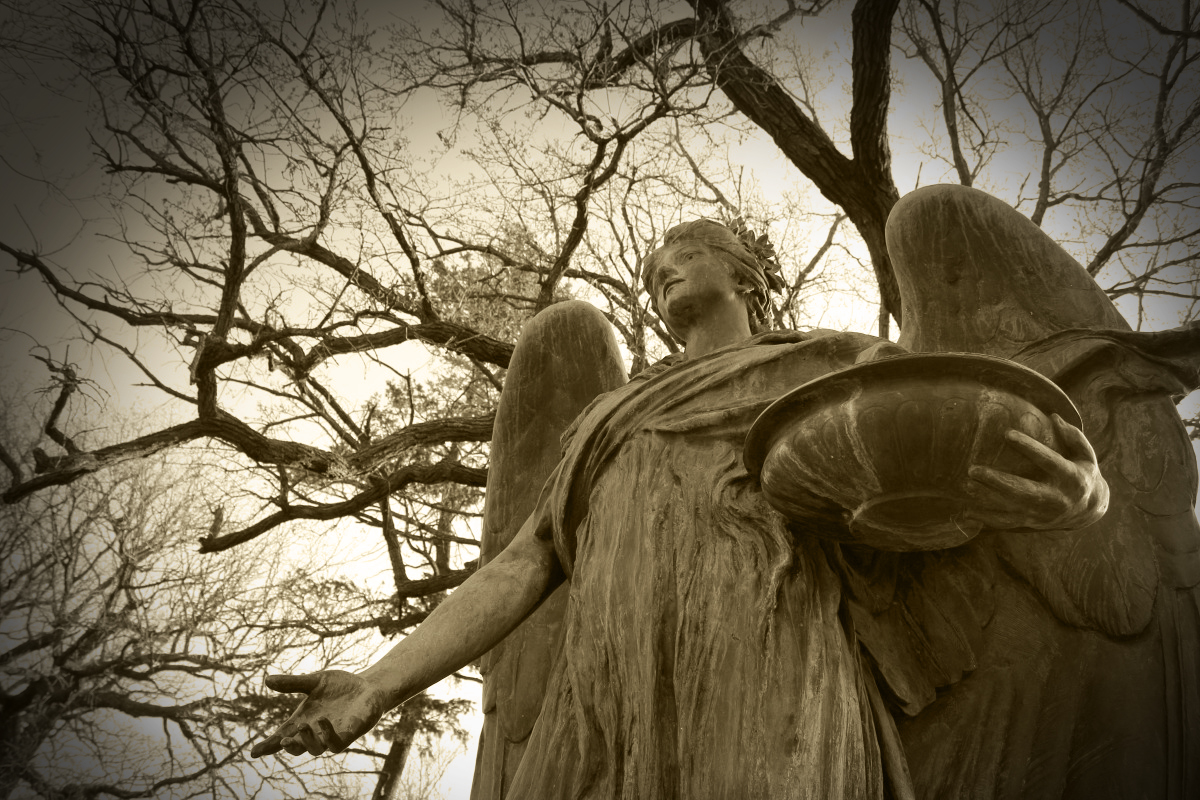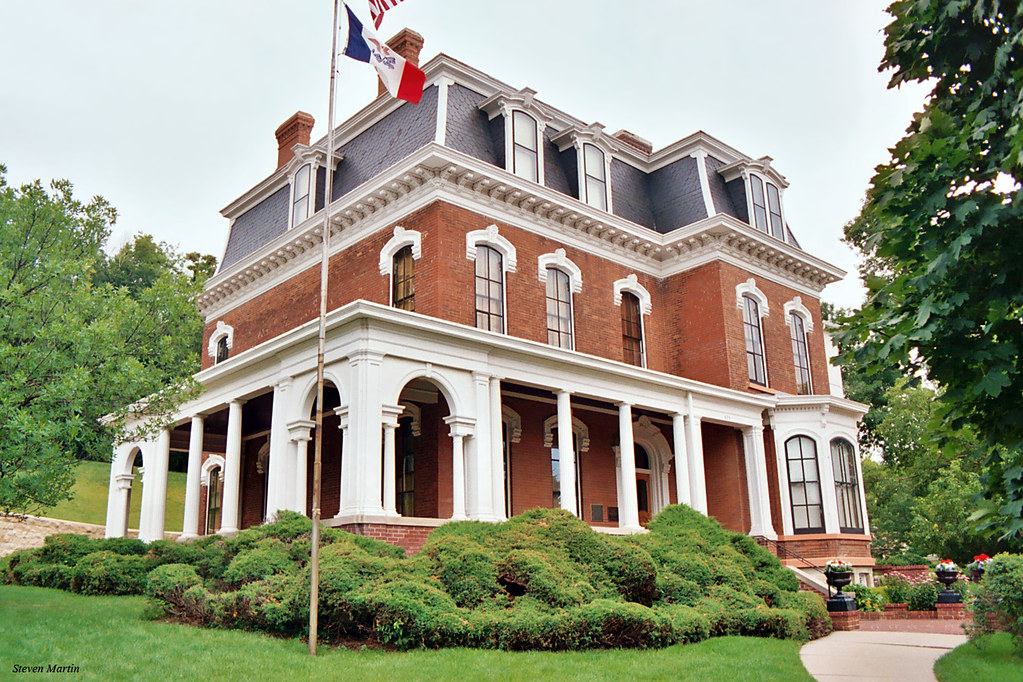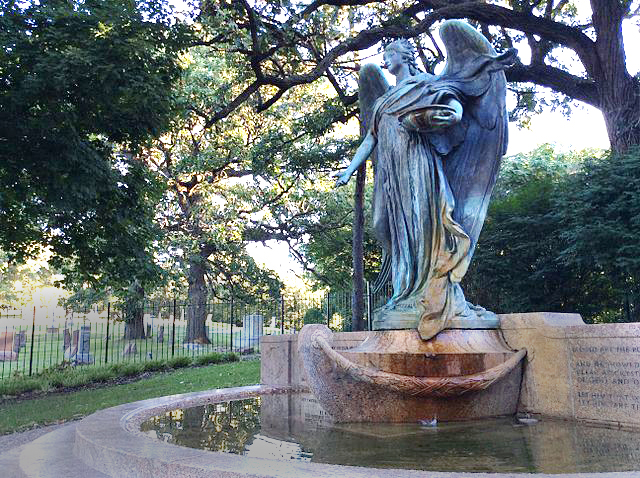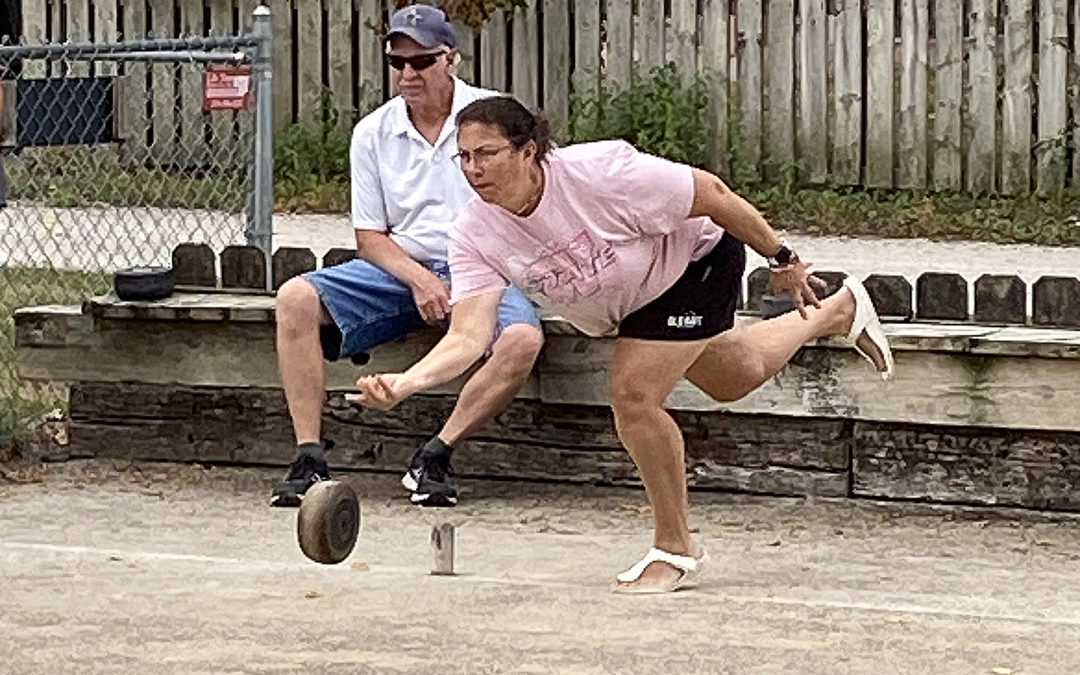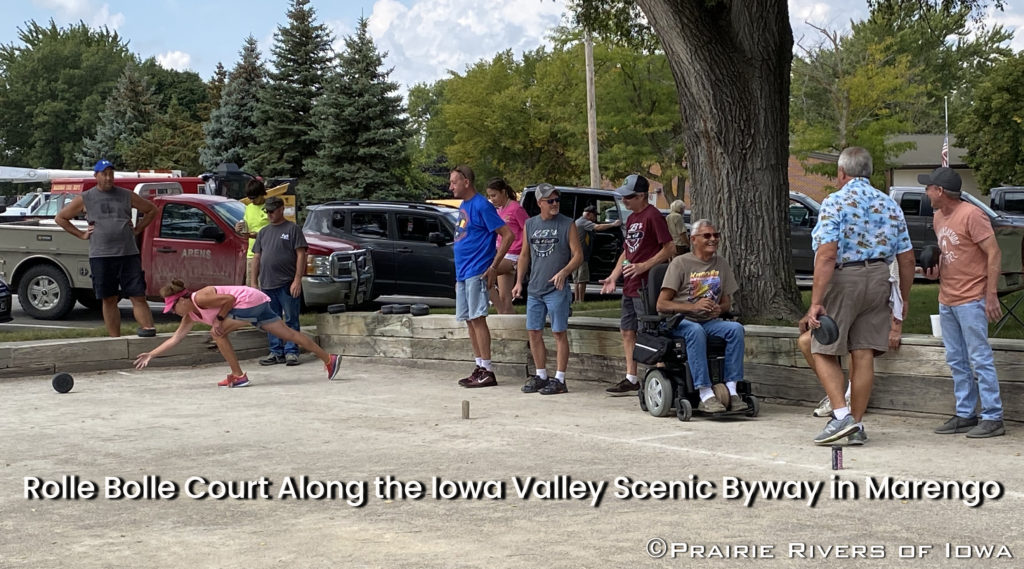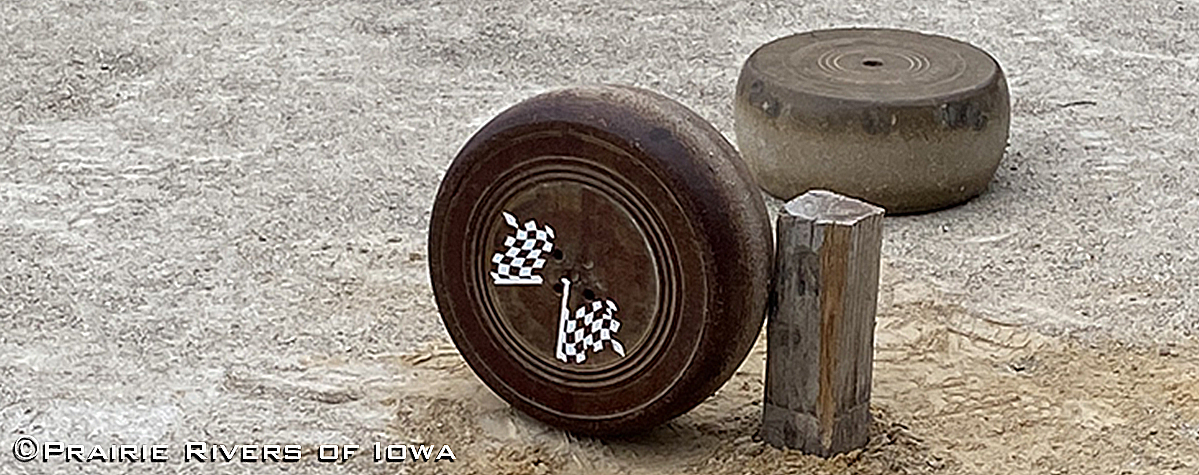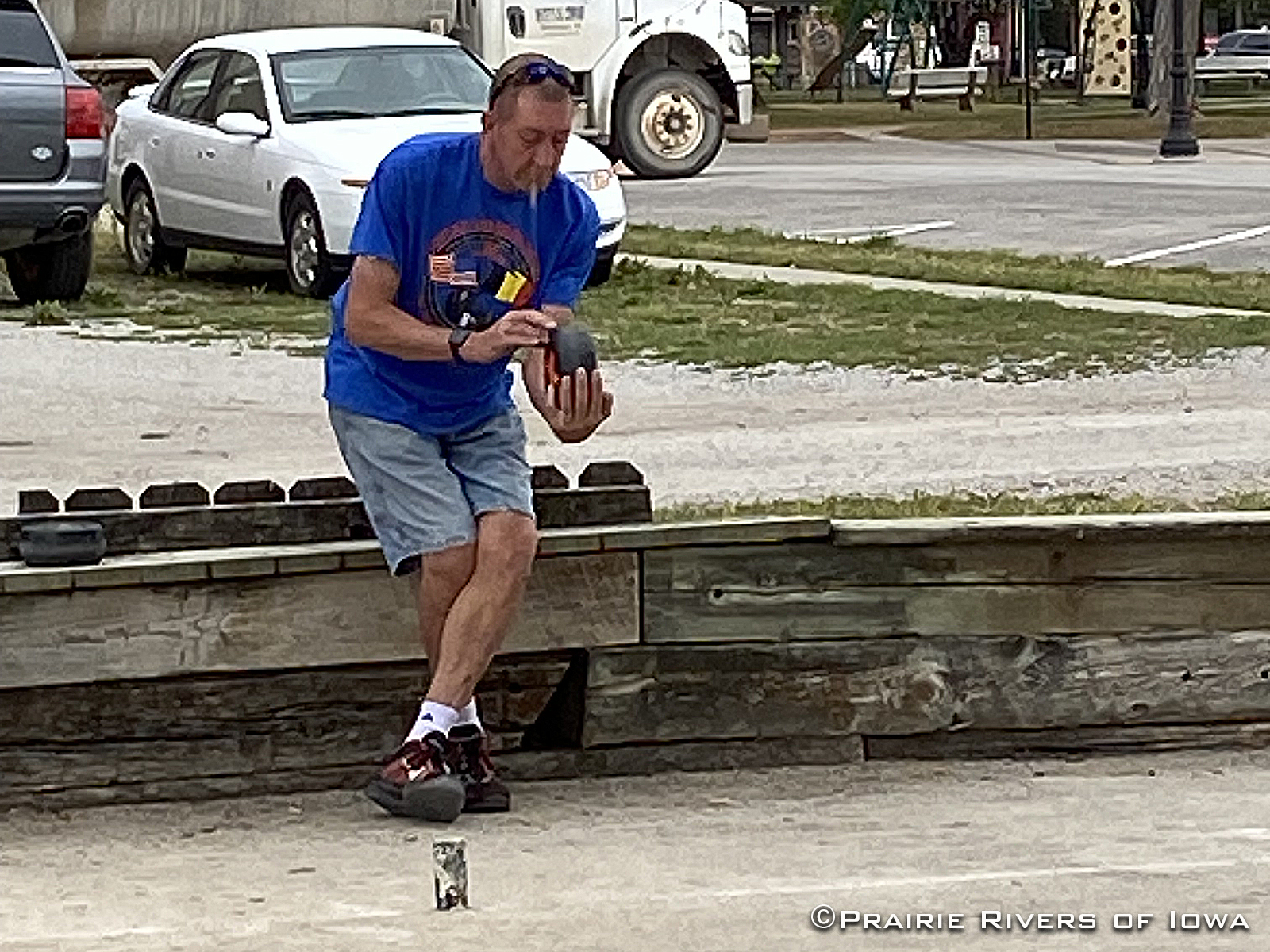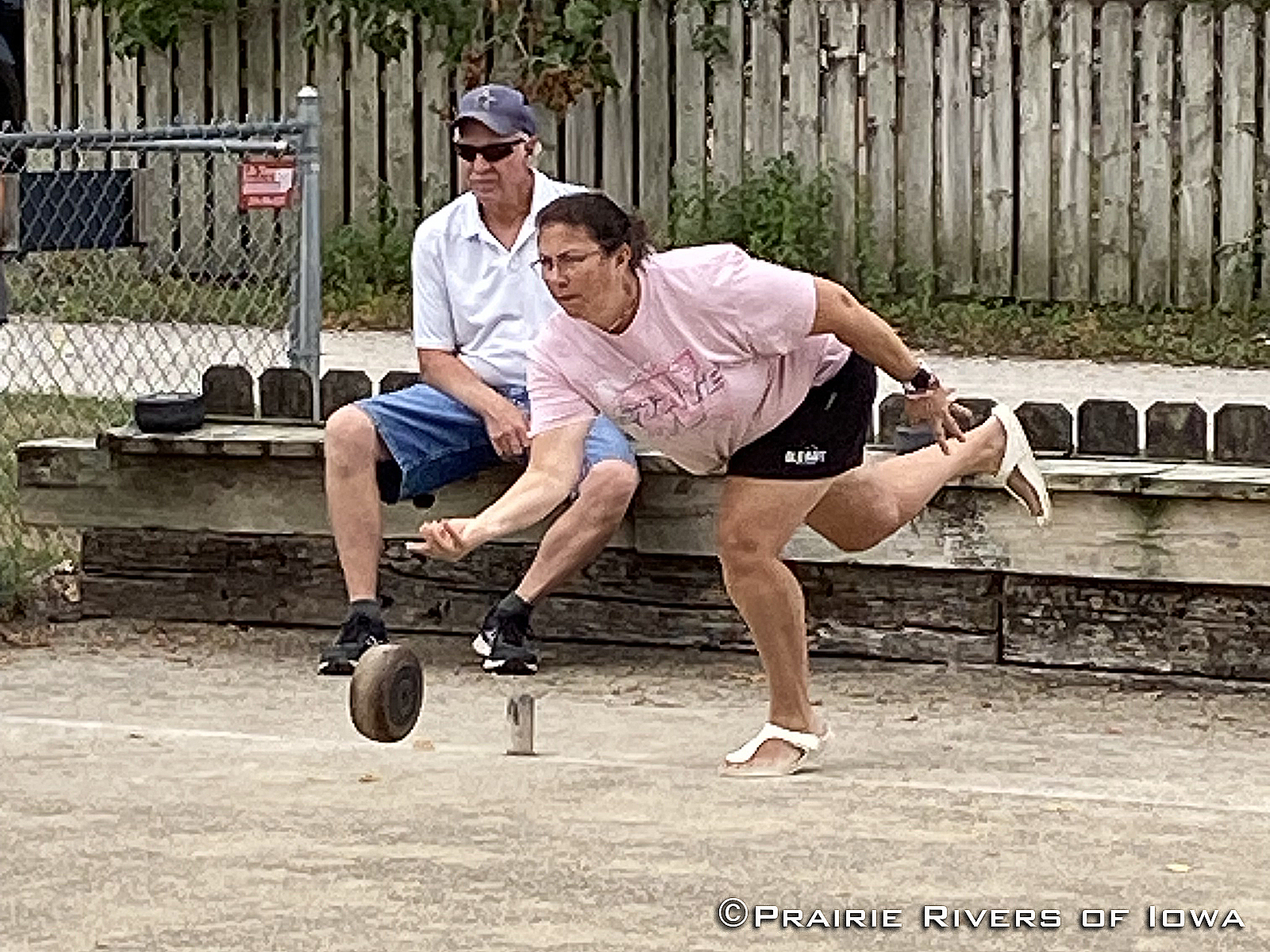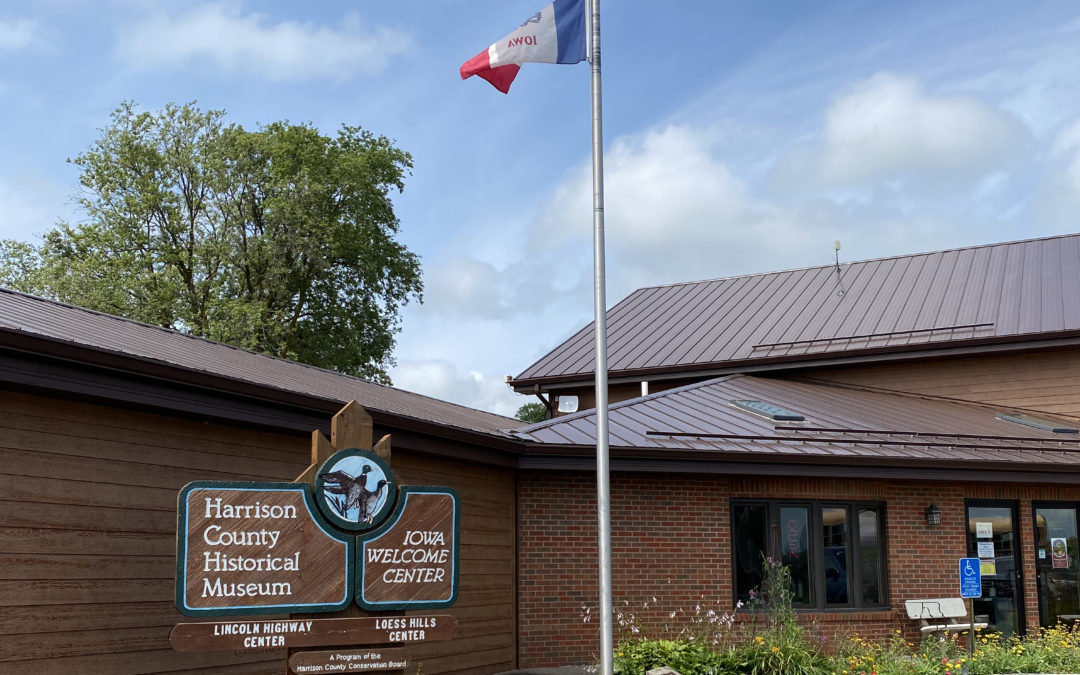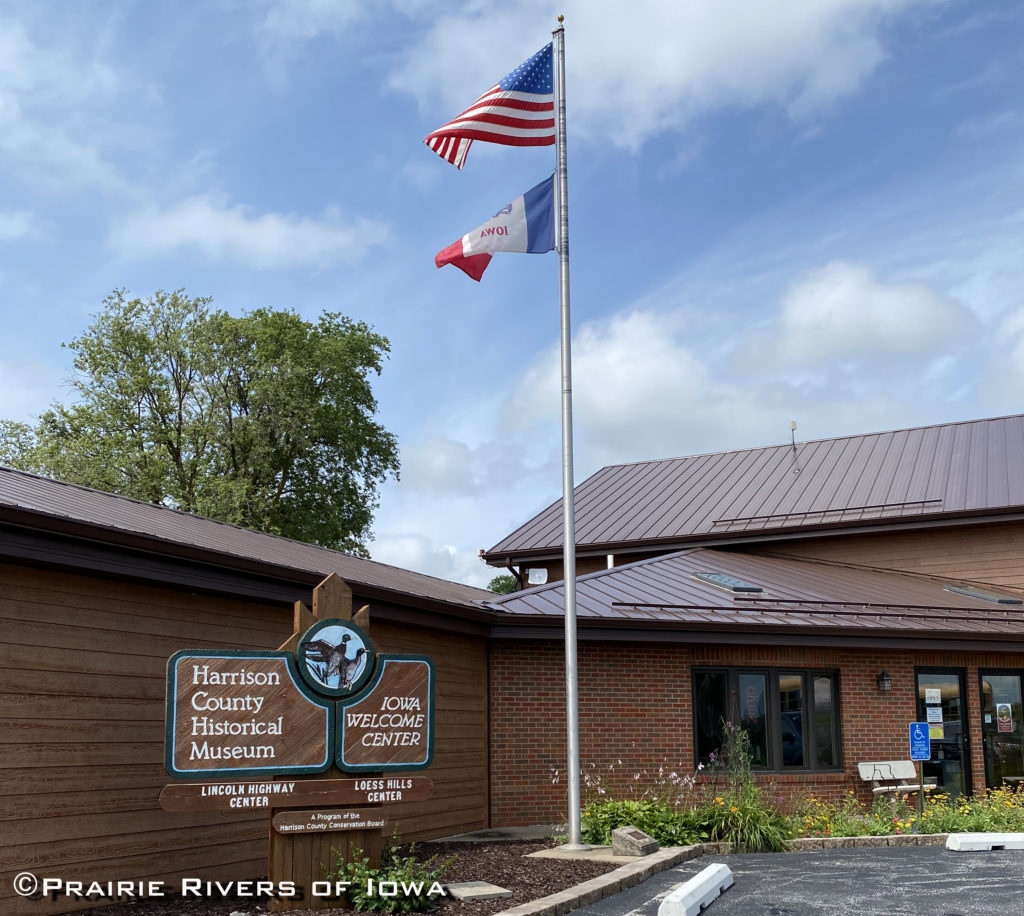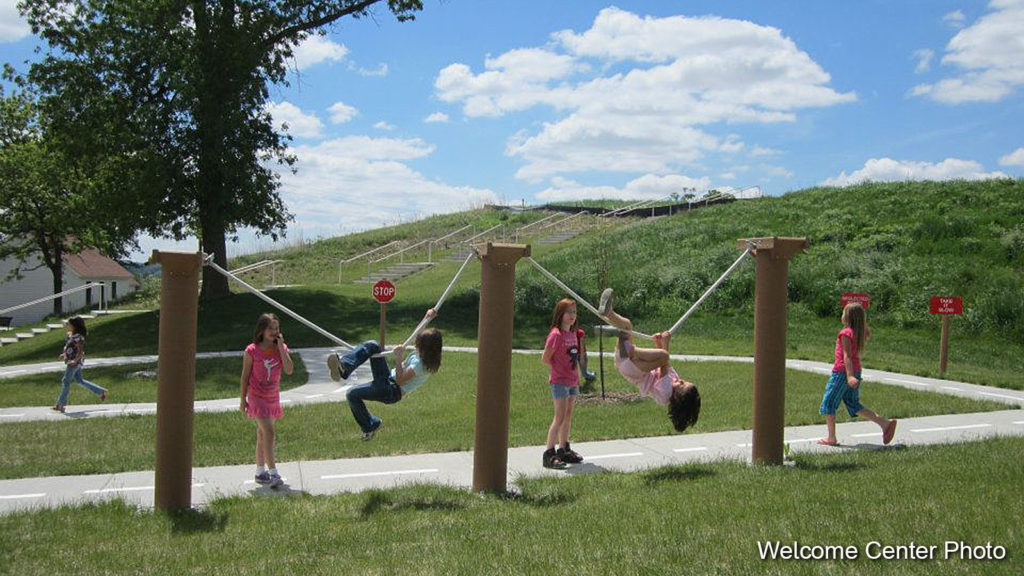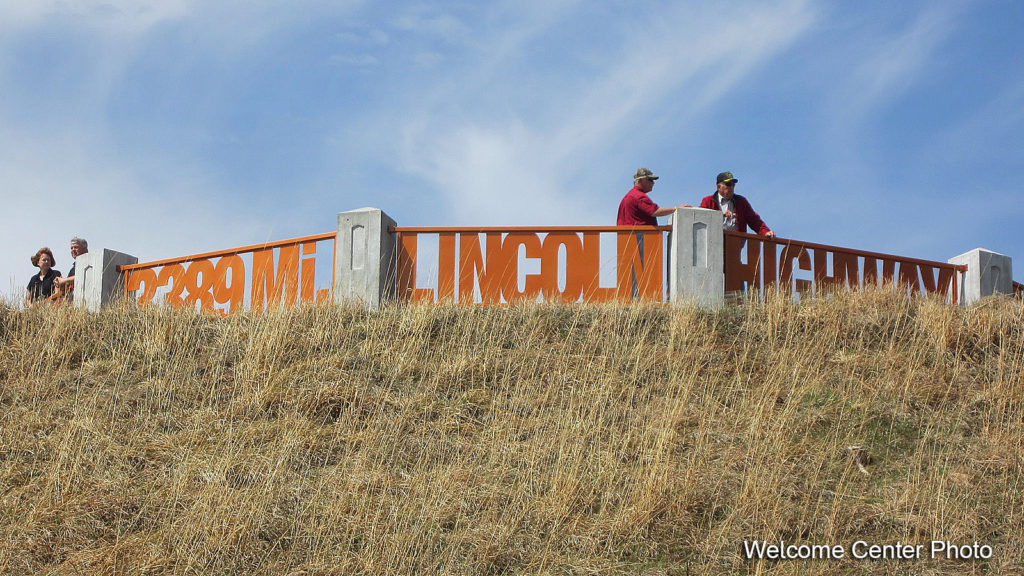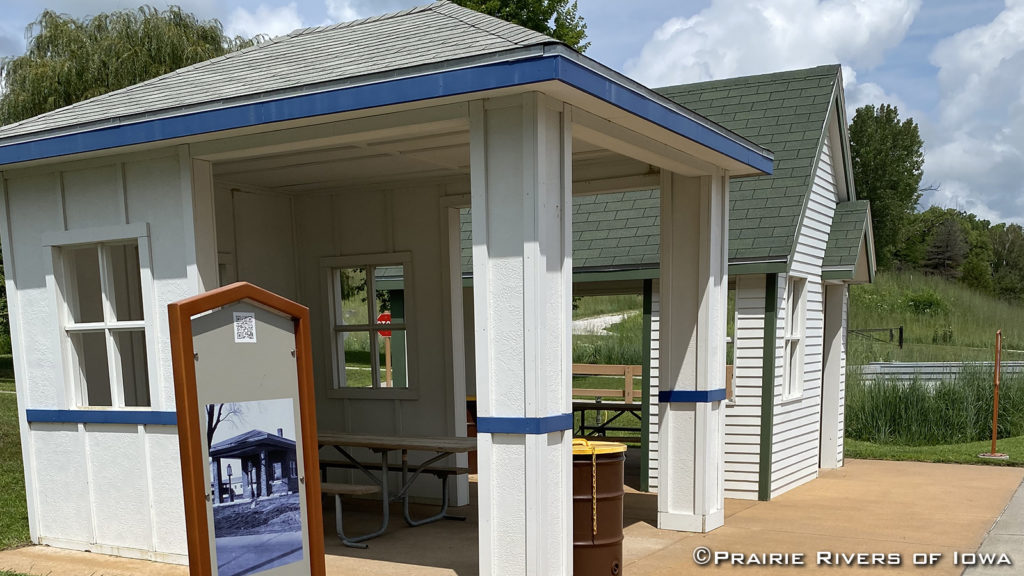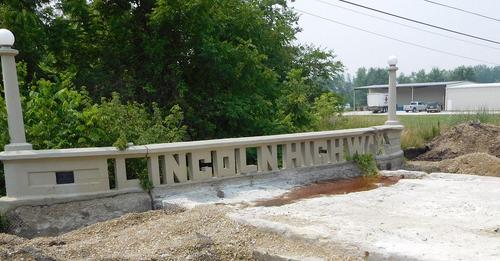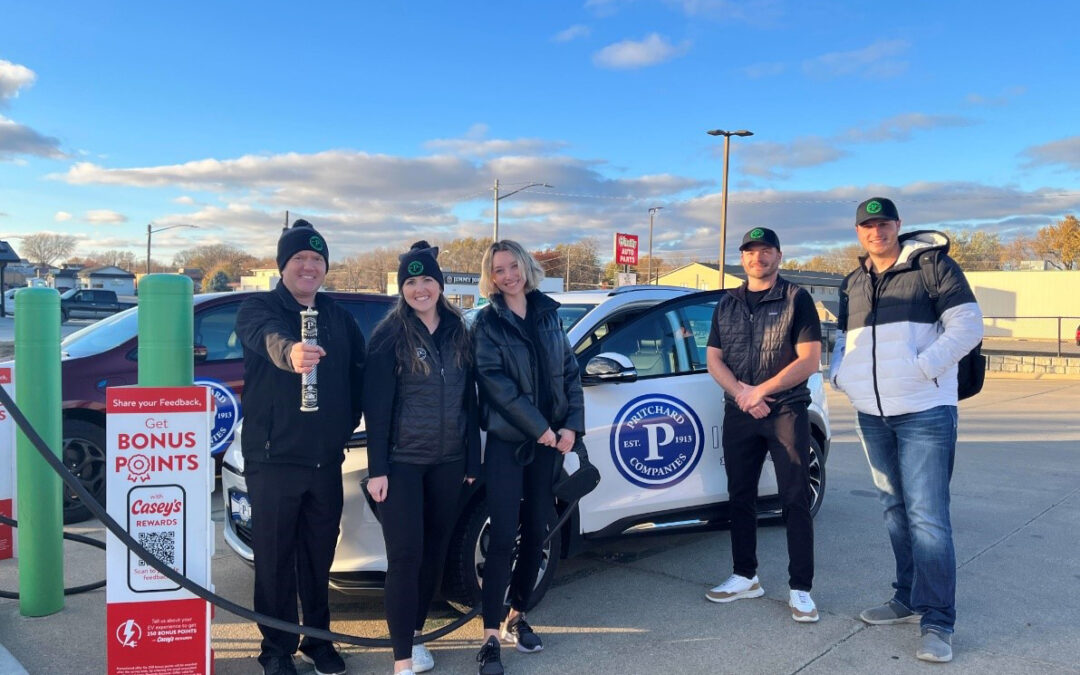
Pritchard Companies Traverse the Lincoln Highway Celebrating 110 Years
Pritchard Companies Traverse the Lincoln Highway for their Historic Innovation Relay to Celebrate 110 Years
Nineteen hundred and thriteen was the year that Walter Pritchard opened Garner Auto Sales in Garner, Iowa. 110 years later the company is still run by the Pritchard family only on a much larger scale having 350 employees and seven divisions. Now known as the Pritchard Companies, the founding family wanted to make a big gesture to highlight the innovation of the auto industry after such a long history of a single-family business. When the Pritchards found out that the Lincoln Highway was not only the first improved transcontinental roadway across the United States but that the Lincoln Highway Association was also celebrating an 110th anniversary, the idea was set.
Two short months later, on Oct 31st, on a very cold Tuesday morning at sunrise over the Mississippi River, Pritchard family member Angela Pritchard (5th generation), headed west out of Clinton, Iowa driving a Ford Mustang Mach-E (electric vehicle) on her way across the Lincoln Highway. Before she took to the road, the city of Clinton presented her with a flag to the city. In the days leading up to the drive, Bill Pritchard (3rd generation) had previously handed off the baton for the relay in a dramatic gesture captured here from his antique Model-T Ford (the original dealership car of 1913).
A few hours later Angela arrived in Cedar Rapids to a news crew and was interviewed by KGAN, a CBS affiliate. Angela handed the baton to CEO Joe Pritchard (4th generation), and along with Pam they took off on the second leg of the relay in a Ford F-150 Lightning (Ford’s electric truck). Ames was the lunch stop where the Pritchards handed the baton to an “extended family member,” employee Brock Thompson. Brock drove a Chevy Bolt EUV to Jefferson where the caravan greeted the statue of Abraham Lincoln before heading on to Carroll. As most central Iowans know, the figure is a long-standing homage to the Lincoln Highway’s namesake. In Carroll, the baton was given to the newest Pritchard family employee Matt Bradley. Matt brought the Lincoln Highway idea to the Pritchards.
He was honored with driving the Chrysler Pacifica Hybrid on the final journey through western Iowa where the EV infrastructure is just getting started. Shortly after sunset, twelve hours after the relay started, , the Missouri River was reached by taking the 3rd generation Lincoln Highway route from the town of Missouri Valley.
As the Lincoln Highway Heritage Byway coordinator here at Prairie Rivers of Iowa, I would like to express our gratitude for the inclusion of the Lincoln Highway in such an iconic drive. We are thankful for your choice to use the Iowa Lincoln Highway route for your 110th Anniversary Innovation Relay and for the attention you brought to the 110th anniversary of the Lincoln Highway Association’s official dedication date for the Lincoln Highway route.
The Pritchard Companies’ Historic Innovation Relay drive was a success and a milestone. We can’t wait for the next celebratory drive.

